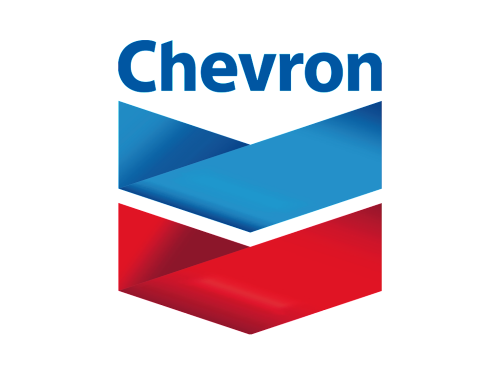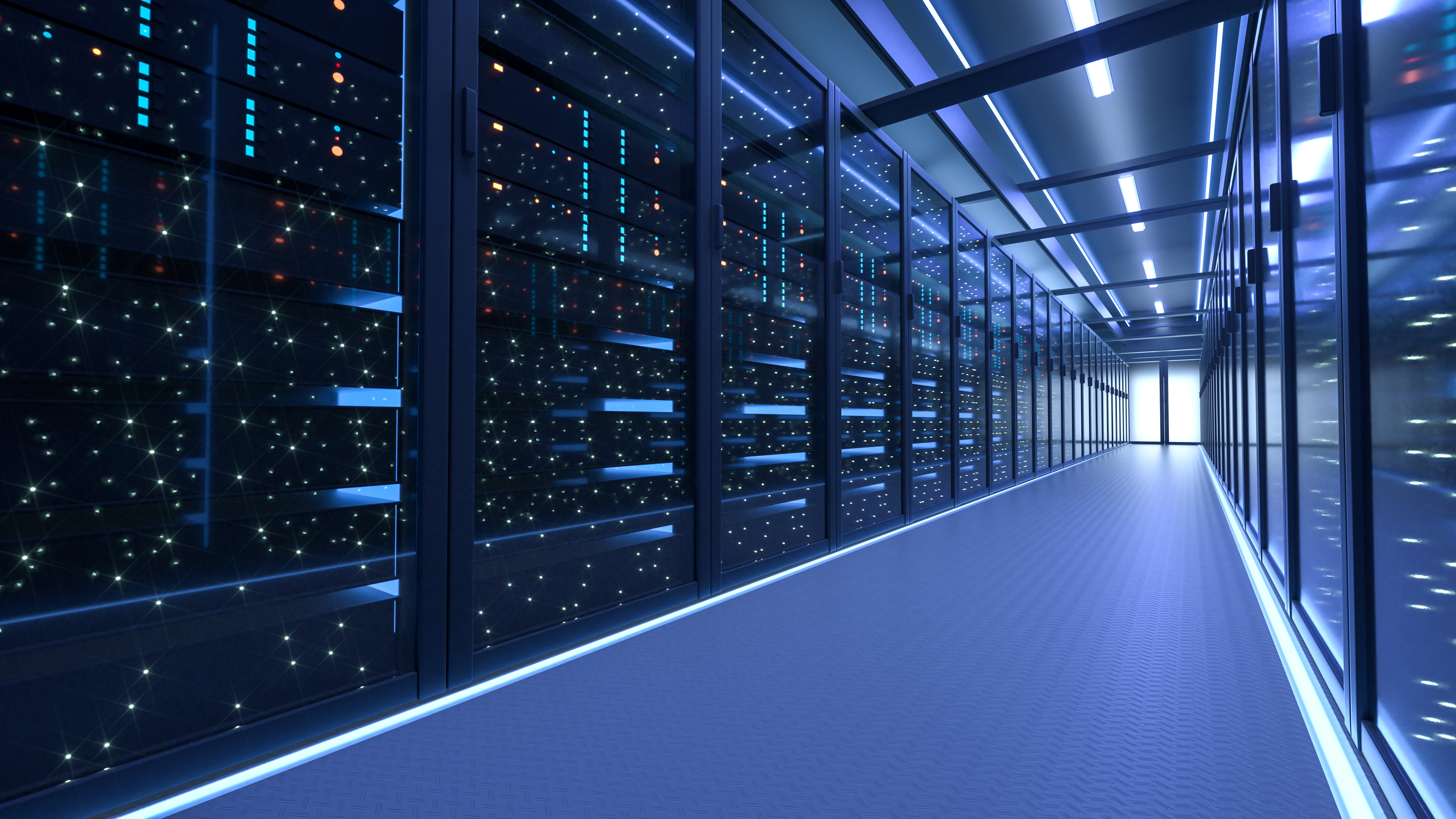How Much Power Does a NVIDIA GB300 NVL72 Need?
Note: As of publication, NVIDIA has not released final specifications for the GB300 NVL72. The details shared here are based on projections informed by GB200 benchmarks, industry analysis, and expected generational improvements.
As the AI arms race accelerates, data center professionals are already preparing for what’s next: the anticipated NVIDIA GB300 NVL72.
While official specs have yet to be released, the GB300 is projected to continue NVIDIA’s trajectory of higher performance, increased density, and elevated power demands — posing critical questions for data center infrastructure teams:
Can your facility handle the power, space, and cooling requirements of the GB300 NVL72?
Estimated Power and Other Requirements for the NVIDIA GB300 NVL72
Based on expected generational improvements over the GB200 NVL72, the GB300 NVL72 is likely to require up to 150 kW per rack — a significant increase over the already demanding 120 kW racks seen with GB200 deployments.
Here are the projected specs:
- Power. Potentially ~150 kW per rack, assuming a 25% increase over the GB200.
- Cooling. Advanced liquid cooling will almost certainly be required.
- Space. Anticipated to remain close to 600mm wide, >1,000mm deep, and ~2.2m tall.
- Weight. Projected to be between 3,000–3,500 lbs per rack
Whether these projected specs hold or not, one thing is clear: deploying this class of AI system is not possible without serious infrastructure planning.
Can Your Data Center Support the GB300 NVL72?
Trying to determine whether your facility can support the GB300 manually with spreadsheets, siloed tools, or guesswork is risky, time-consuming, and likely inaccurate.
That’s why leading data center professionals are turning to Data Center Infrastructure Management (DCIM) software to plan, assess, and optimize for extreme-density AI deployments like the GB300.
DCIM software simplifies planning and managing AI infrastructure like the GB300 with:
- Power management. Modern DCIM software delivers complete data center power monitoring and management capabilities. This visibility is vital when evaluating whether your current infrastructure can accommodate the intense power demands of systems like the GB300. Real-time utilization data combined with historical consumption trends help determine if upgrades are needed to your power infrastructure. User-configurable thresholds and alerts further support you in identifying circuit breakers at risk of tripping before they impact uptime—an essential capability when deploying power-hungry infrastructure.
- Environmental monitoring. High-performance systems such as the GB300 generate significant heat output. DCIM tools continuously monitor key environmental metrics like temperature and humidity, enabling you to confirm whether equipment remains within optimal operating conditions. Advanced features like 3D thermal mapping, ASHRAE psychrometric cooling charts, and customizable threshold alerting make it easy to detect both overcooling, which wastes energy, and undercooling, which could jeopardize uptime.
- Intelligent capacity planning. The addition of hardware like the GB300 calls for precise planning and management of available space, power, cooling, and data/power port capacity. DCIM software aids in visualizing and tracking available vs. utilized capacity and projecting future needs. Tools like what-if analysis help you understand the impact of new deployments and know if resources are available to support AI workloads. Sunbird’s Auto Power Budget feature further enhances capacity planning by automatically calculating accurate device power budgets based on real-time usage rather than conservative estimates. This ensures optimal rack density and power allocation, helping you safely maximize deployments of high-power systems like the GB300 without risking overloads or wasted capacity.
- Asset management. Introducing state-of-the-art systems requires knowing where equipment is located and when it may need service. DCIM platforms provide detailed asset tracking and lifecycle management, allowing teams to keep tabs on hardware status and details such as maintenance information which is especially important for mission-critical deployments like the GB300.
- Dashboards and reporting. Deploying AI hardware often introduces new regulatory and compliance considerations, particularly in the area of energy efficiency and sustainability. DCIM software can simplify the process with dashboard charts and reports for energy efficiency metrics, environmental parameters, and automatic PUE calculations.
- Digital twin visualization. Modern DCIM solutions go beyond data to provide actionable information to help manage your data center. Capabilities like a 3D digital twin with real-time power and environmental overlays, network diagrams, single-line power diagrams, and world map views allow you to visualize your entire infrastructure in a single pane of glass. This helps streamline operations, improve remote management, and enhance decision-making.
Bringing It All Together
The AI infrastructure revolution is accelerating, and the NVIDIA GB300 NVL72 could be its most powerful system yet. With estimated power demands of 150 kW per rack and extraordinary cooling and space requirements, supporting this system will be a true test of your data center’s readiness.
Fortunately, with second-generation DCIM software, you can confidently plan, deploy, and manage high-density AI infrastructure without the guesswork. Get the insights, visualizations, and real-time monitoring you need to future-proof your data center for the AI era.
Try DCIM for AI Infrastructure Management
See for yourself how Sunbird’s DCIM software helps you support next-gen AI workloads like the GB300 NVL72. Get your free test drive today!





























